One of the healthiest things you can do is to cook your own food at home.
When you plan and prepare your own meals, you can save money, choose higher-quality foods, and probably eat healthier.
However, it goes without saying that proper cooking utensils are essential for any home cook.

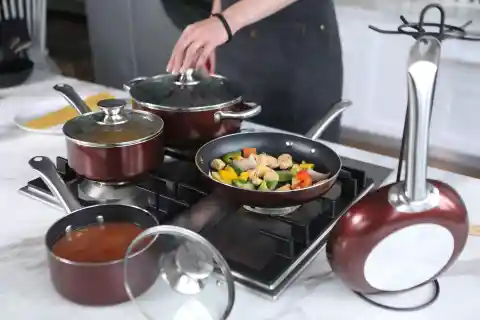
When selecting cookware for your house, it is essential to have a thorough understanding of the benefits and drawbacks associated with the various types of materials. This will assist you in determining which of the available options is the most beneficial to your health.
This article will lead you through the safest cookware materials as well as the types of pots and pans to avoid in your kitchen.
Toxic cookware
Let's start with the cookware that can be toxic to your health.
Nonstick Cookware
The convenience of nonstick cookware has made them popular, but there are a few things to keep in mind before using them. They contain the everlasting compounds perfluoroalkyl and polyfluoroalkyl substances (PFAS), which do not decompose naturally. The presence of PFAS has been associated with a variety of adverse health effects, including disruptions in hormones, dysfunctions in the immune system, developmental delays in children, increased weight, and even cancer. The FDA has approved nonstick pans coated with polymerized PFAS, although the safety of these pans is still up for question.
Aluminum Cookware
Pots and pans made of aluminum have the potential to release aluminum into the food you prepare, particularly if they are damaged or old. Exposure to high quantities of aluminum over an extended period of time has been linked to a number of adverse health effects, including cancer, hormone disruption, kidney difficulties, and brain illnesses such as Alzheimer's disease.
Teflon Coated Cookware
Pans that have been coated with Teflon contain polytetrafluoroethylene (PTFE), which, when heated to extremely high temperatures, can produce fumes that are detrimental to the environment. There is a correlation between exposure to PTFE and low birth weight, thyroid disorders, renal and testicular cancer, as well as damage to the immunological systems of youngsters, according to studies.
GenX Coated Cookware
A decade ago, GenX was promoted as a "safer" substitute for the infamous non-stick chemicals PFOA and PFOS. Nevertheless, it is almost as harmful to people as the thing that it replaced. Even extremely small doses of GenX have the potential to cause major health problems, including damage to the immune system, liver, kidneys, thyroid, and prenatal development for the affected individual.
Safe Cookware
Now, here's a list of cookware that are safe for you.
Ceramic Coated

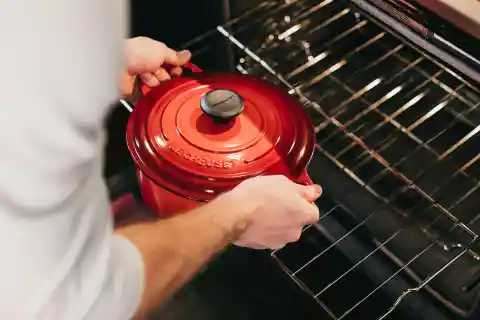
Ceramic-coated cookware is essentially metal pans that have a thin ceramic covering applied to them. Some utilize cast iron or stainless steel for the substrate (metal core), while others use anodized aluminum, which is noted for its conductivity. The ceramic coating, which is made from silicon found in nature, creates a surface that is not only nonstick but also safe, easy to clean, and long-lasting. Ceramic is a better option than conventional nonstick coatings because it does not include PFOA or PTFE. Bear in mind that compared to PTFE-based finishes, ceramic coatings could lose their nonstick qualities faster.
Full Ceramic
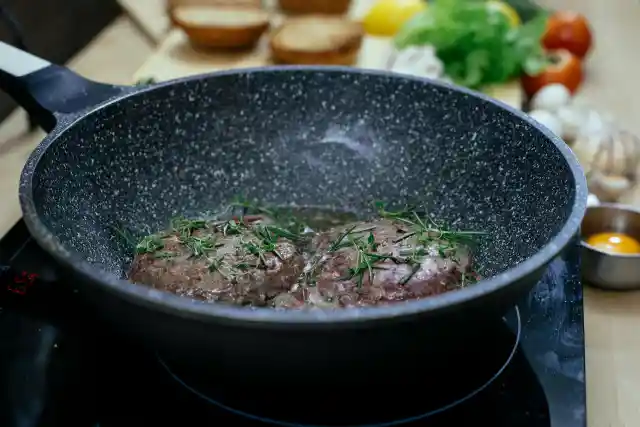

Ceramic pots and pans are non-toxic and evenly transfer heat over their surface since they are made from natural clay and glazes. Cookware made entirely of ceramic and cookware that has been covered with ceramic both have natural non-stick characteristics and do not leach or release chemical fumes that could be hazardous to the environment. Hand washing and avoiding thermal stress are two ways to ensure durability.
Cast Iron
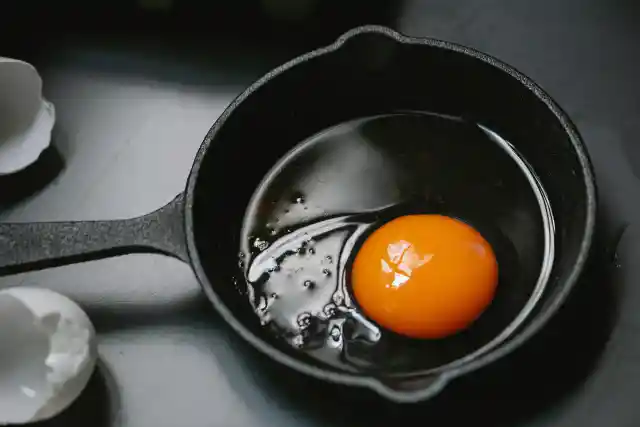
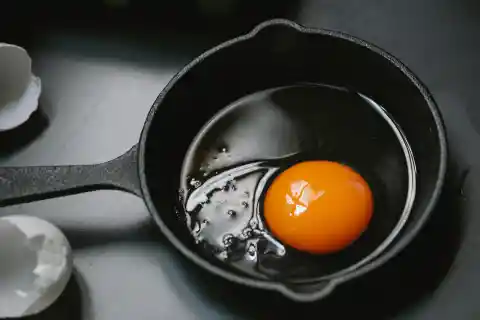
Among metals, cast iron has exceptional heating properties. Heavy and solid, it needs to be preheated to conduct heat optimally, especially at very high temperatures. It's easy to cook meat well and make food crispy in a pan. Even after taking the pan from the oven or stovetop, preheated cast-iron cookware will keep food warm or cooked to perfection. Compared to other materials, cast iron cookware demands more effort and time to prepare. It's important to season and store it correctly; if it doesn't work, you'll need to clean it properly.
Stainless Steel
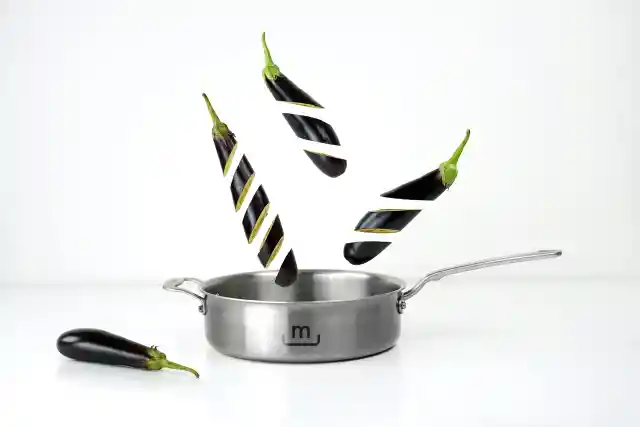
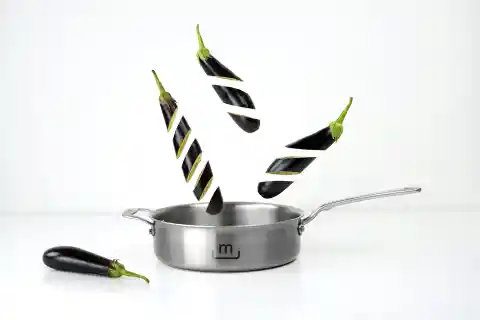
Stainless steel cookware is long-lasting and safe to use because it contains iron, chromium, and nickel. It is low-maintenance and can endure hot temperatures. For uniform heating, prefer bases that are thick and encased. High-quality stainless steel usually cleans readily, although a small amount of oil is still necessary. Keep in mind that intense heat may discolor stainless steel, so be careful while cooking with it. Be careful not to scratch the cookware's surface with abrasive cleansers or tools.
Carbon Steel
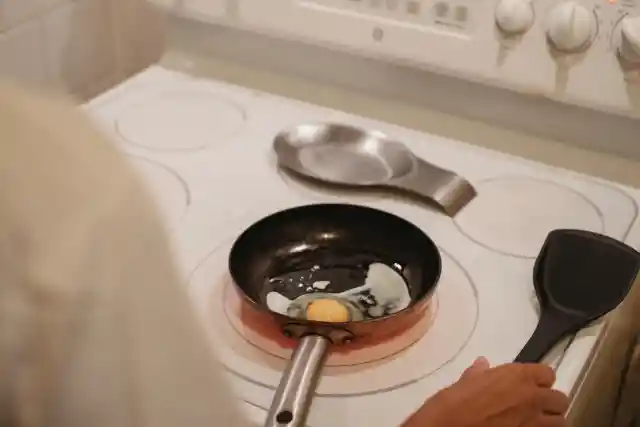

Pans made of carbon steel, a combination of iron and carbon, are nonstick by nature and can be used for a variety of purposes after being well seasoned. Even though they're safe and light, don't put them in the machine because the seasoning will wear off. Another amazing thing about carbon steel pans is how evenly and rapidly they heat up, which is perfect for frying and searing. Carbon steel cookware, when cared for correctly, may last a lifetime and even get nonstick with use.
Triply Stainless Steel

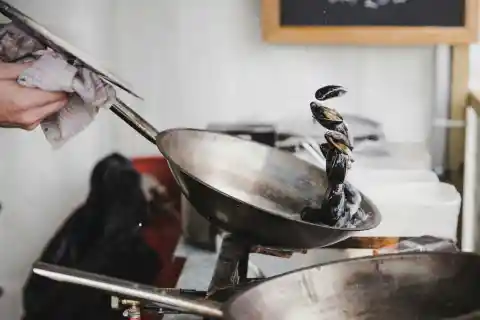
When it comes to home cooking, triply stainless steel cookware is dependable and multipurpose. Stainless steel (the inner layer) is non-reactive and food-safe; aluminum (the middle layer) distributes heat evenly; and stainless steel (the outside layer) is robust and compatible with different stovetops. In addition to being compatible with induction stovetops, triply cookware guarantees rapid cooking and superior heat retention.